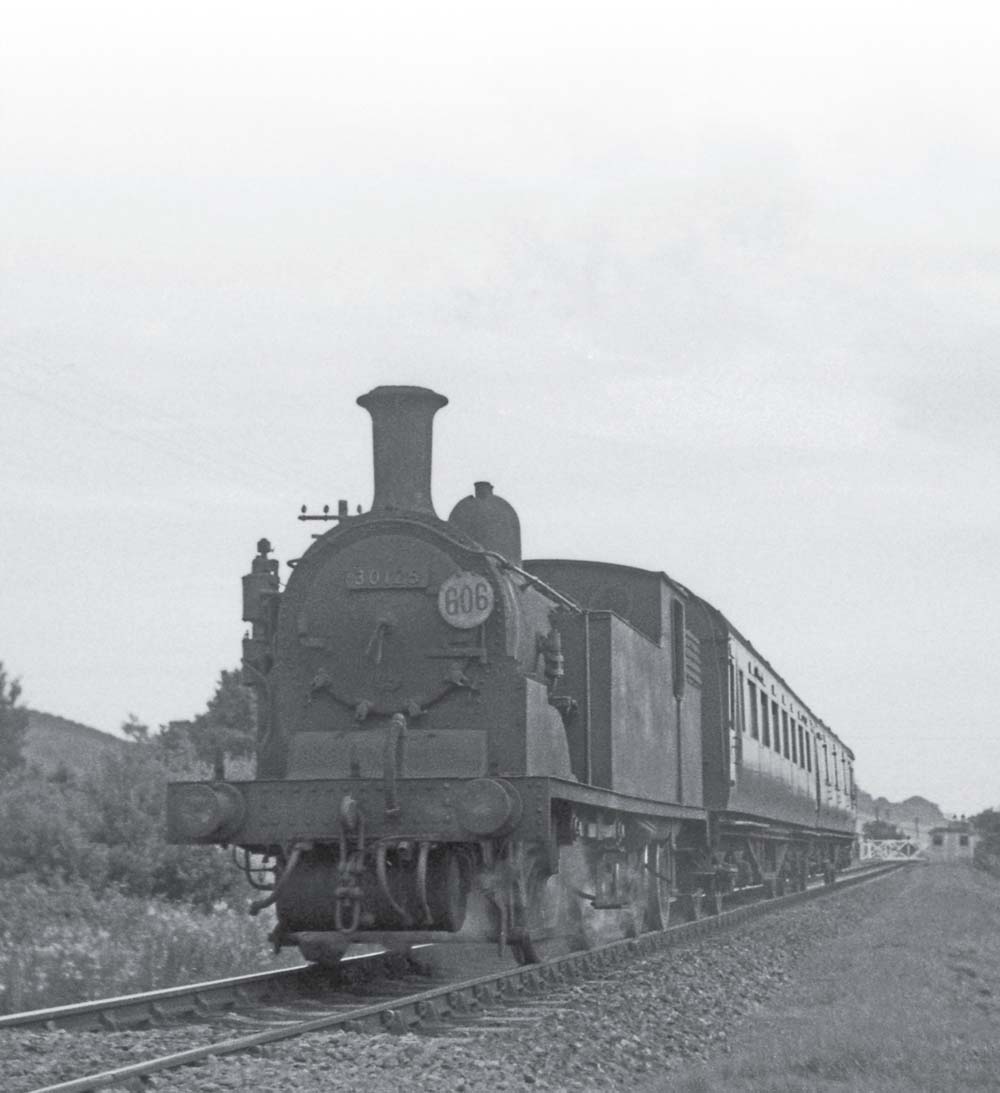

24 July 1962. 30125 near Colyford with the 6.10 pm Seaton to Seaton Junction.
“It was a good line for photography with barely a mile of level track and lovely scenery throughout”
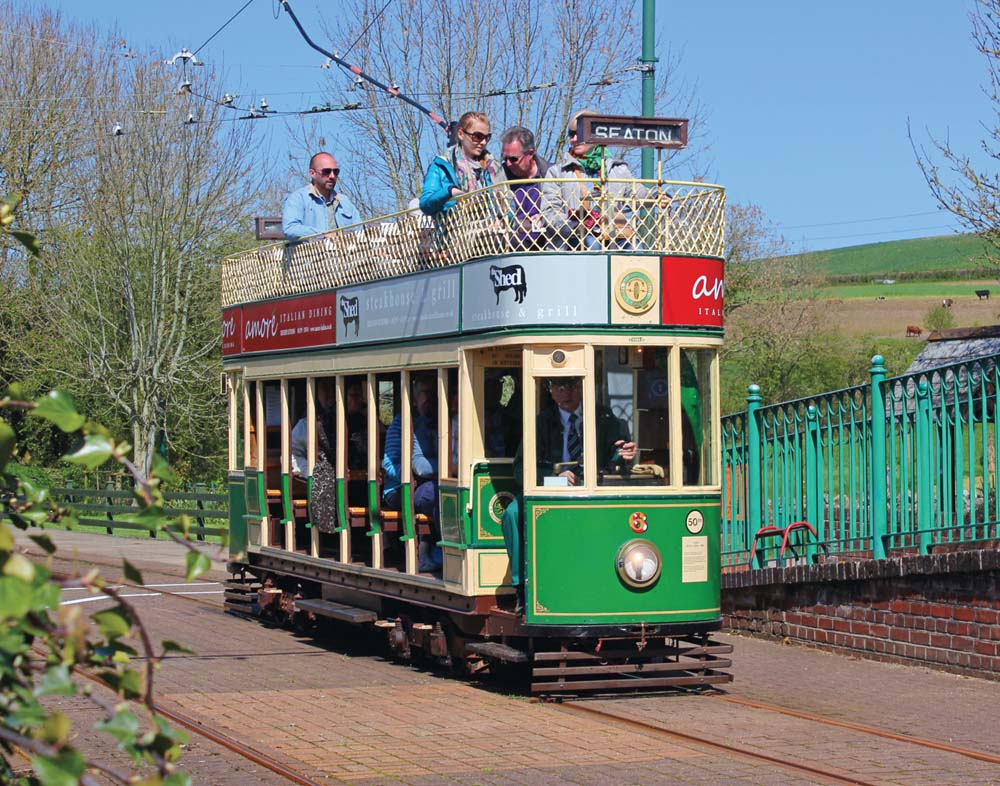
14 April 2014. Car 6 (1954) waits to leave Colyton for Seaton.
On 14 April 2014 we visited the Seaton Tramway for the first time and while we waited at Colyton for our tram to arrive, I reflected on the last time I had been to this line, over fifty years ago in July 1962. This chapter is a photographic essay comparing now with then. With two friends, we were on a Southern Rail Rover, intent on covering as many Southern branch lines as possible, and had arrived at Seaton Junction in the afternoon of 24 July, having travelled from our overnight camping stop near Halwill Junction via Wadebridge, Exeter, Exmouth and Sidmouth, all with steam haulage of course. Waiting for us was M7 0-4-4 tank 30125 which took us to Seaton on the 3.25 pm departure, after we had alighted from the 2.49 pm from Sidmouth Junction, hauled by rebuilt Merchant Navy class 4-6-2 35006. We then backtracked to Colyford, where we found a suitable place to camp overnight in a field next to the line. So of course we spent the rather cloudy evening photographing 30125 coming and going on its 2-coach push-pull set, plus BR class 3 2-6-2 tank 82010 on a light freight train. The following morning was bright and sunny so we lingered for a while taking more shots of 30125, after we had travelled behind it double-headed with 82010 on the first train of the day to Seaton Junction. 30125 even worked a mixed train into Seaton Junction before we finally left behind rebuilt Battle of Britain class Pacific 34059.
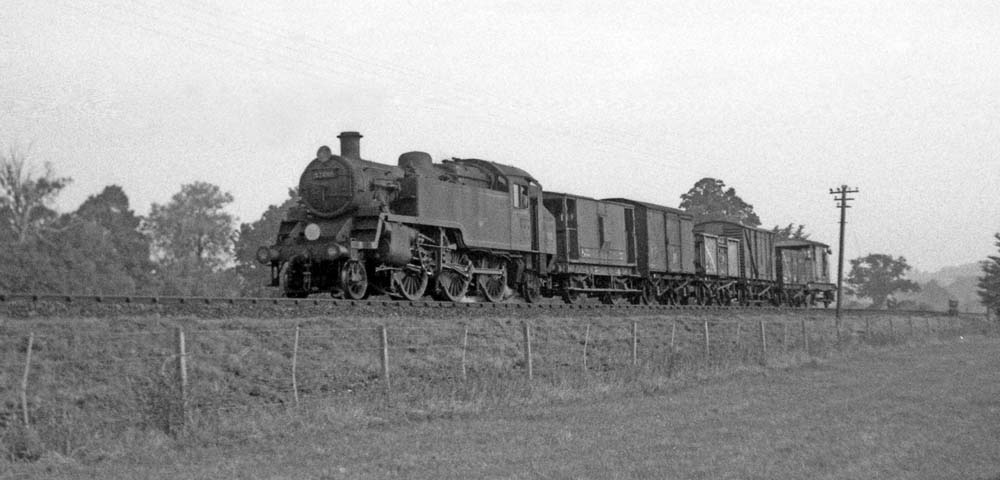
25 July 1962. 82010 near Colyford with a freight to Seaton.
The 4¼ mile line from Seaton Junction to Seaton via Colyton and Colyford was opened in 1868 and closed in March 1966. The line was converted to a tramway between 1969 and 1971 by Claude Lane, who had bought the line. He had previously operated trams in Eastbourne as a visitor attraction. The 2¾ mile route runs between the coastal resort of Seaton and Colyton via Colyford, where we had camped that night. The track gauge is 2ft 9ins and the tramcars are powered by a 132 volt direct current overhead line system. This is very unusual, if not unique, as the supply is actually from banks of batteries located at three locations and fed from the National Grid via solid state converters. Thirteen tram cars are operated, all half-scale replicas of classic British tram cars from various cities. One of them, No 19, is the only tram from the Exeter system which is still in existence. A number of the tramcars are from the closed Eastbourne operation. Some of the lineside infrastructure from the days as a standard gauge branch line can still be seen, such as the concrete hut at Colyford seen in one of the photographs, which now houses electrical supply equipment. In 2014 we rode this tramway on a beautiful sunny spring day, to the relocated terminus in Seaton, the best section being the last mile or so along the Axe estuary. I even spotted the field next to the line where we had camped all those years ago. A ride on this lovely tramway is not to be missed.
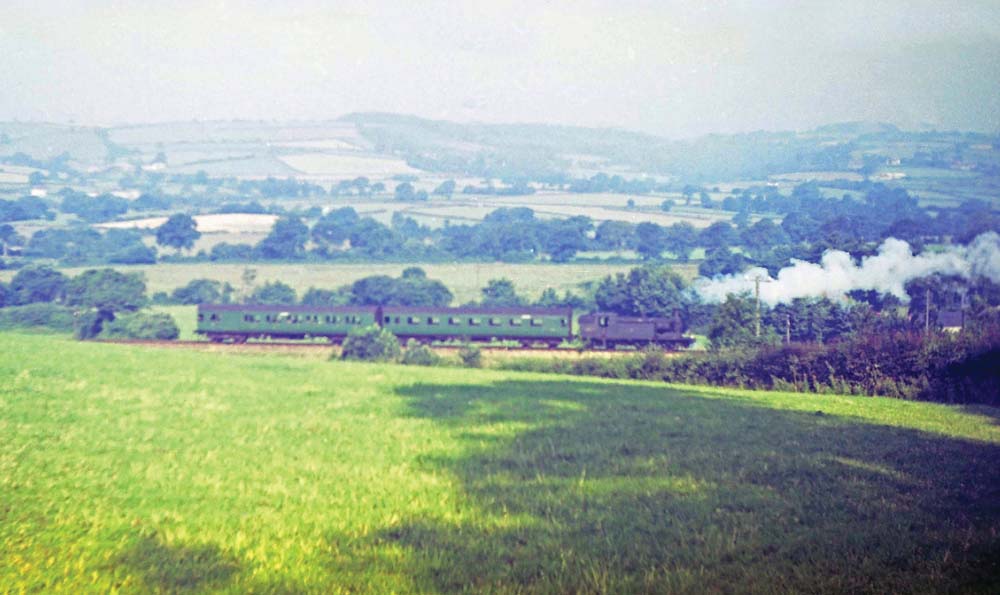
25 July 1962. 30125 leaving Seaton Junction with the 8.49 am to Seaton.
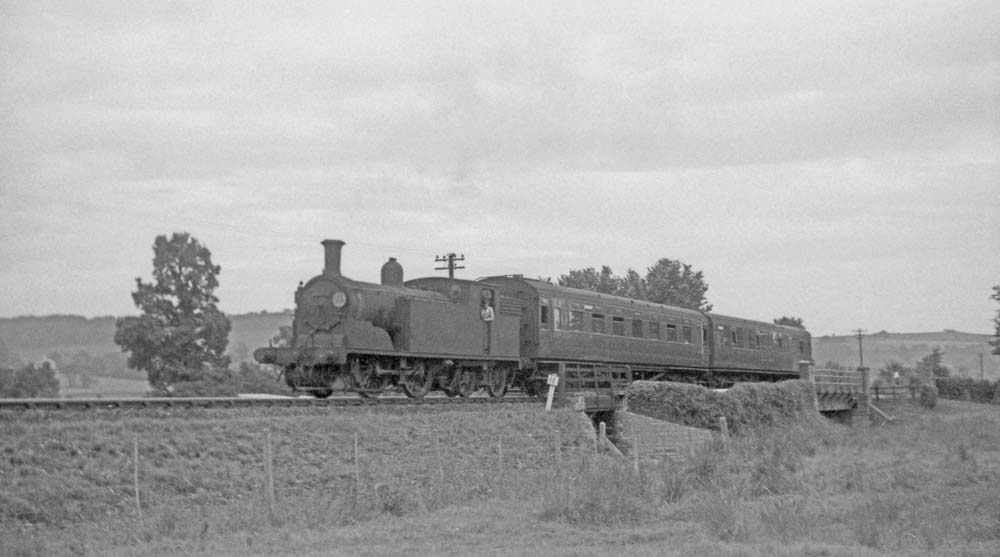
24 July 1962. 30125 on the 5.09 pm Seaton to Seaton Junction near Colyford.
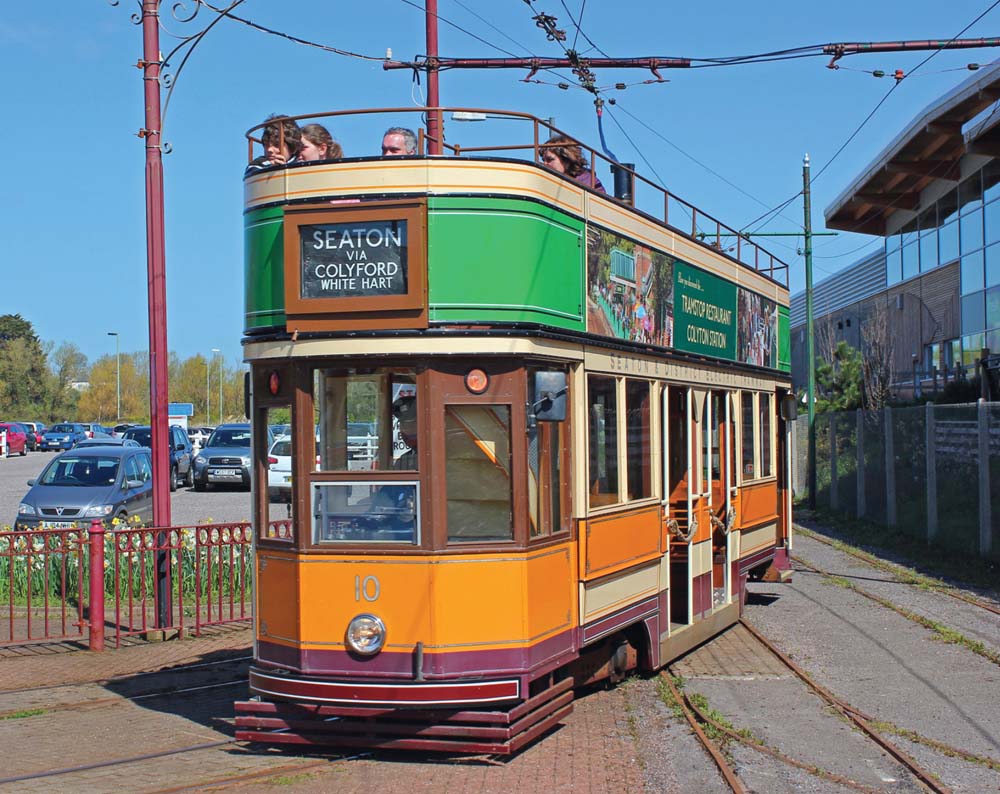
14 April 2014. Car 10 (2006 in Glasgow livery) arrives at Seaton from Colyton.
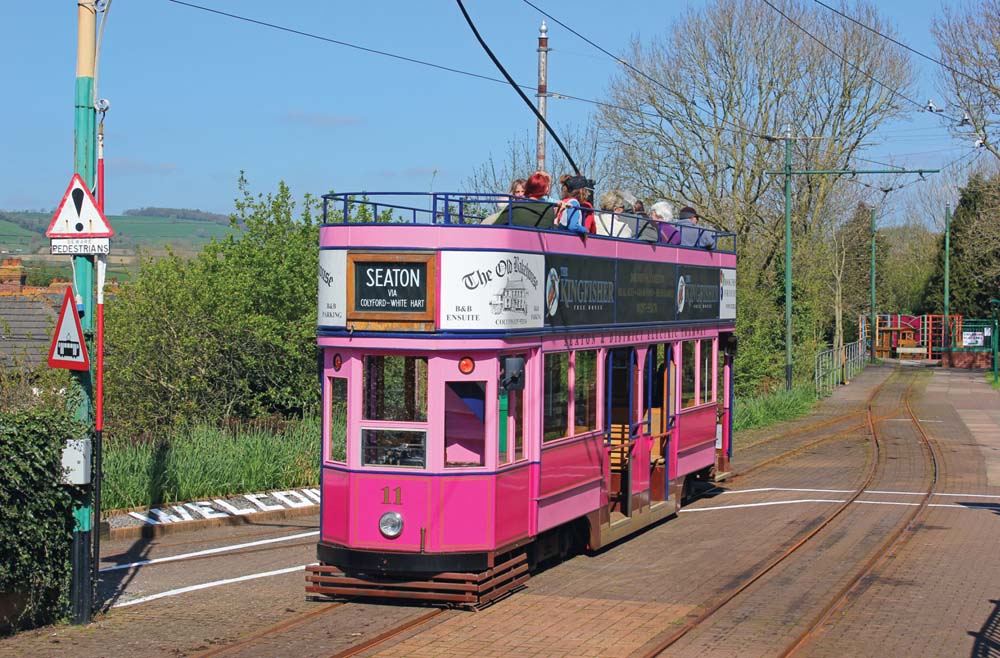
14 April 2014. Car 11 dating from 2007 arrives at Colyton from Seaton. The old line to Seaton Junction used to continue from here.
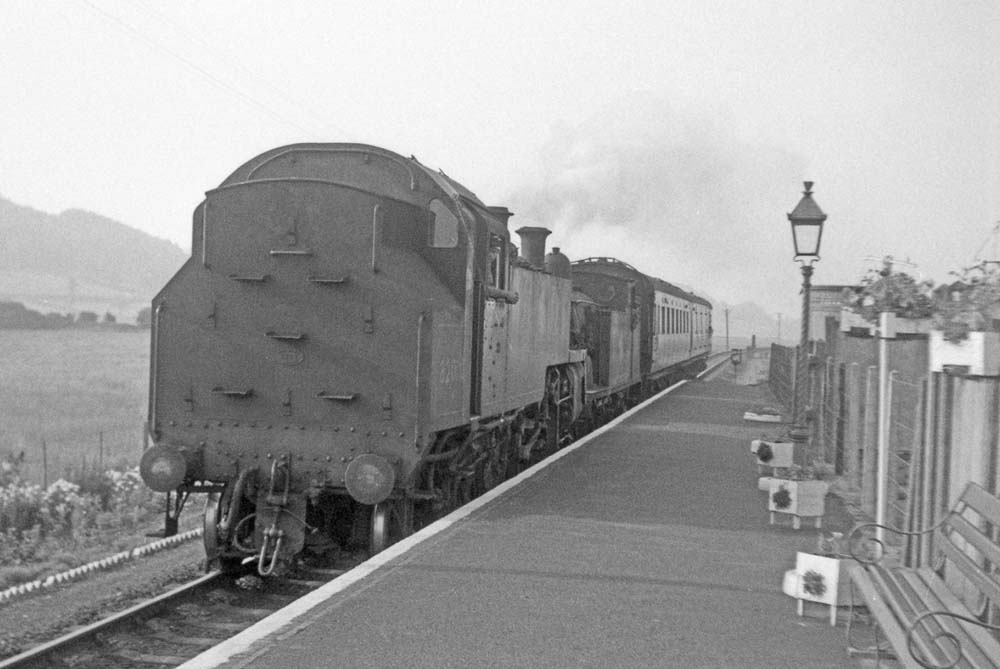
25 July 1962. 82010 and 30125 arriving at Colyford on the 7.50 am Seaton to Seaton Junction.
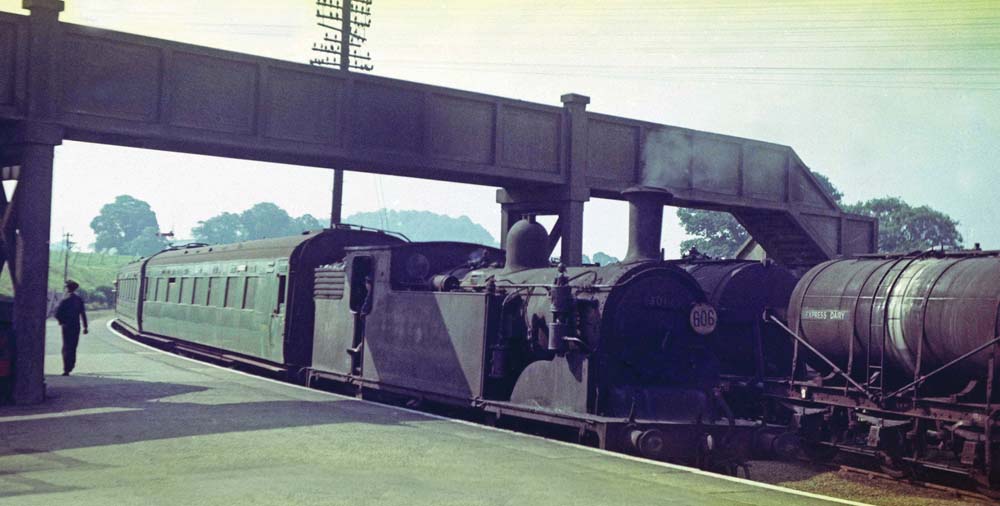
25 July 1962. 30125 at Seaton Junction on the 8.10 am to Seaton.
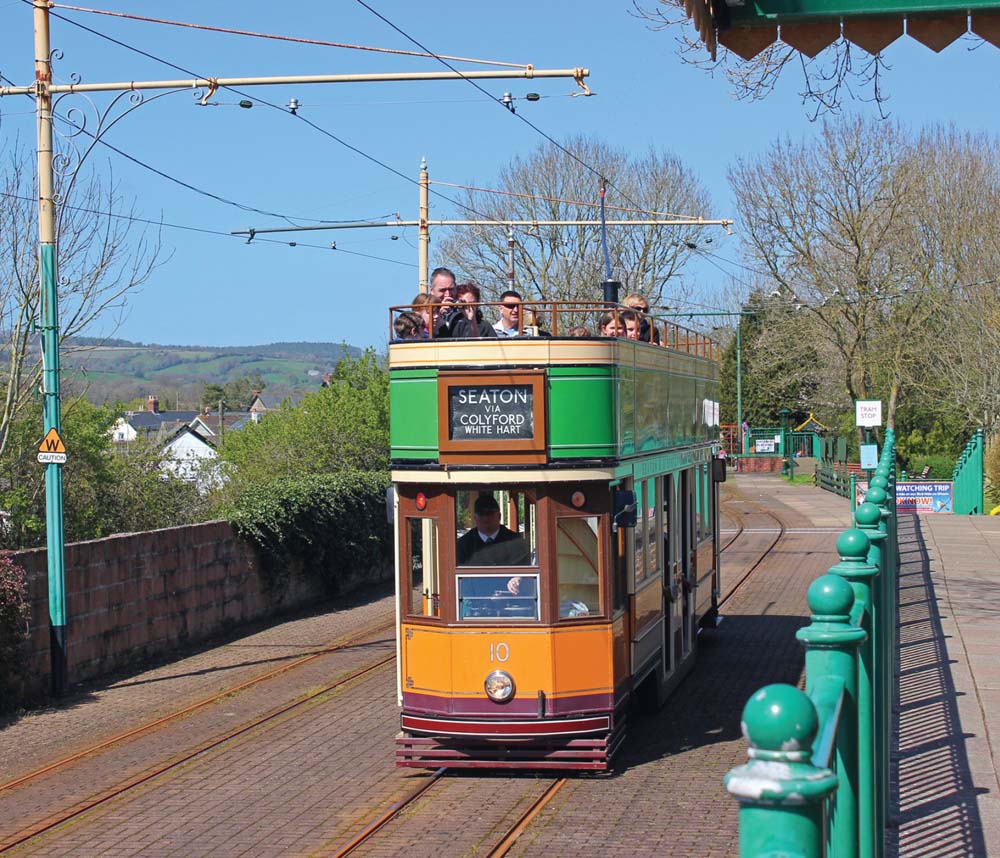
14 April 2014. Car 10 (2006) leaving Colyton for Seaton.
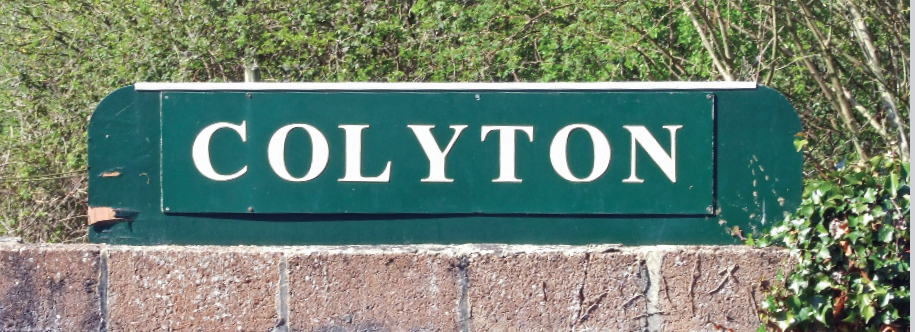
14 April 2014. Colyton station sign.
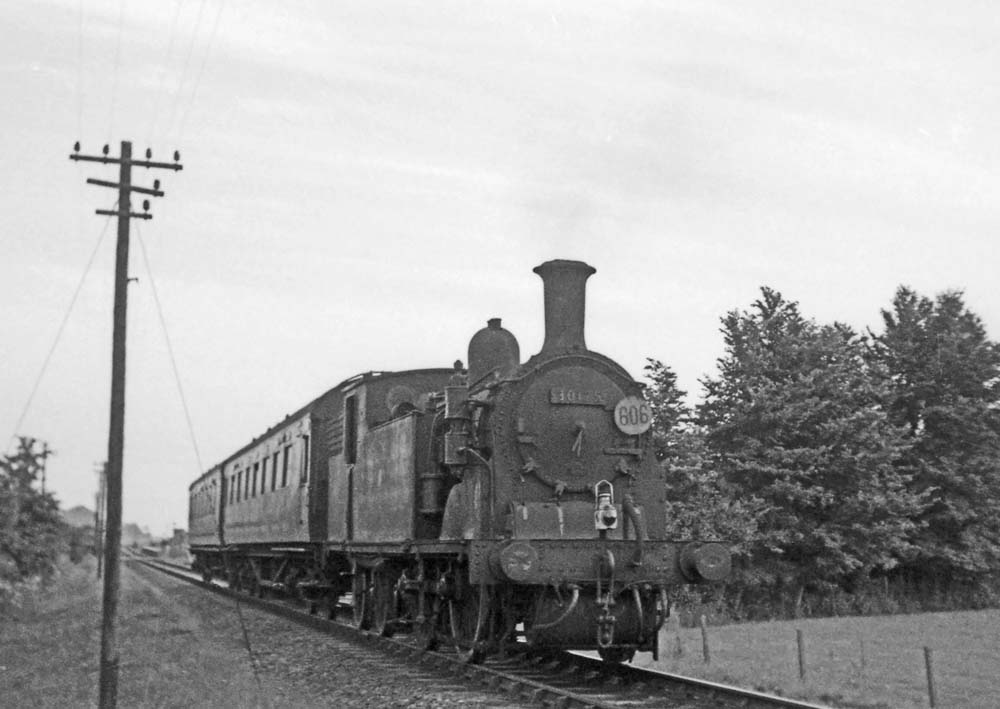
24 July 1962. 30125 on the 7.41 pm Seaton to Seaton Junction near Colyford.
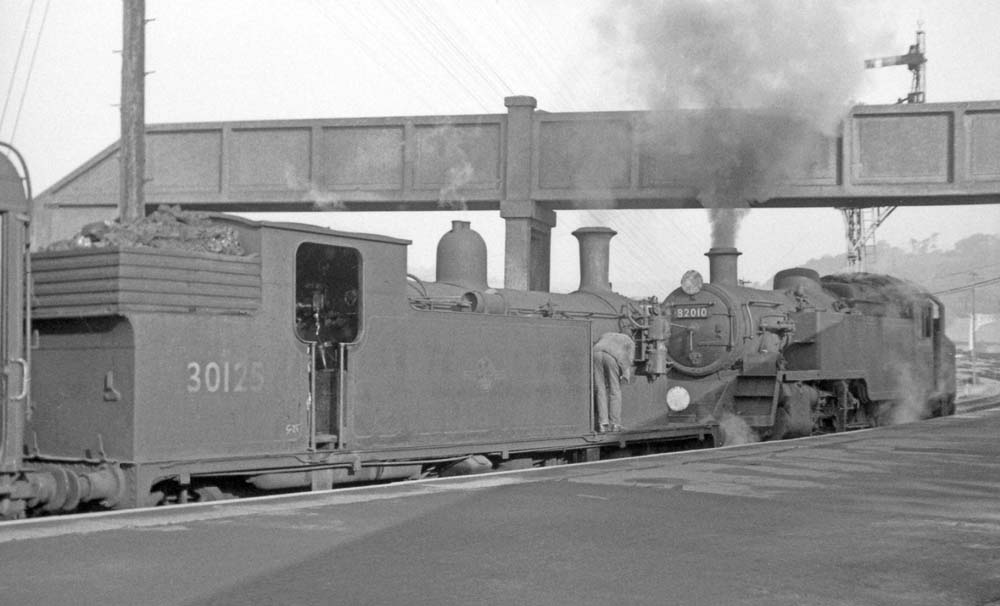
25 July 1962, Seaton Junction. 82010 and 30125 on the 7.50 am from Seaton.
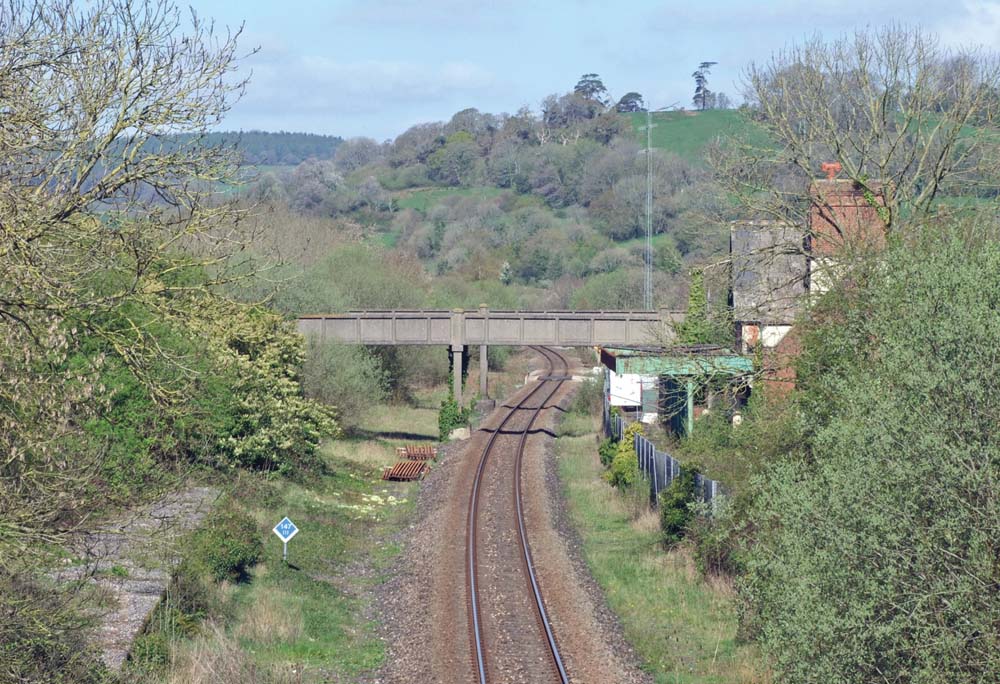
14 April 2014. The remains of Seaton Junction station.
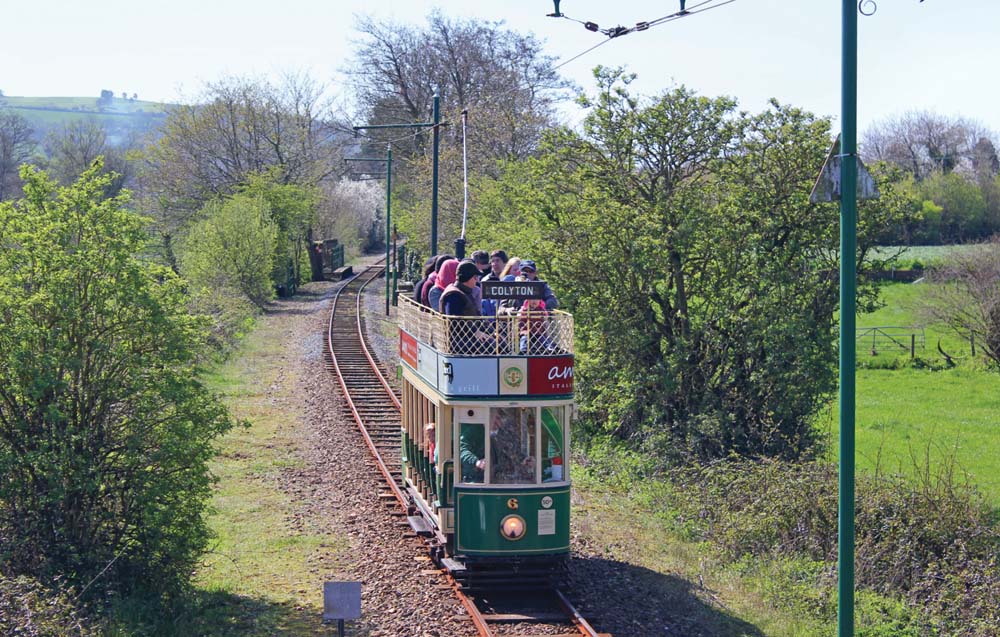
14 April 2014. Car 6 (1954) approaching Tye Lane Loop on its way to Colyton.